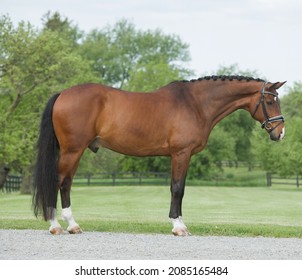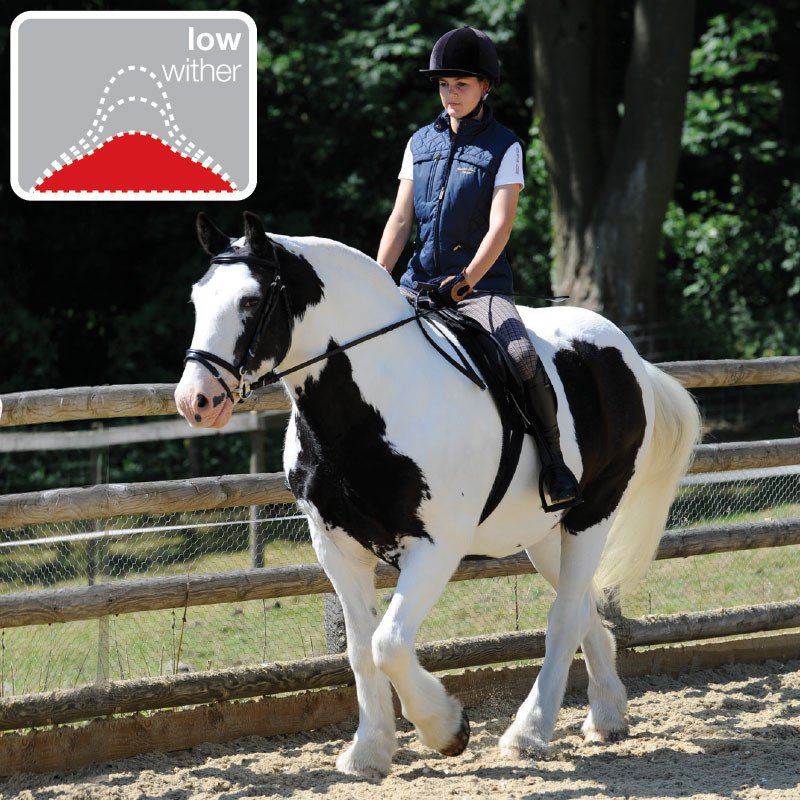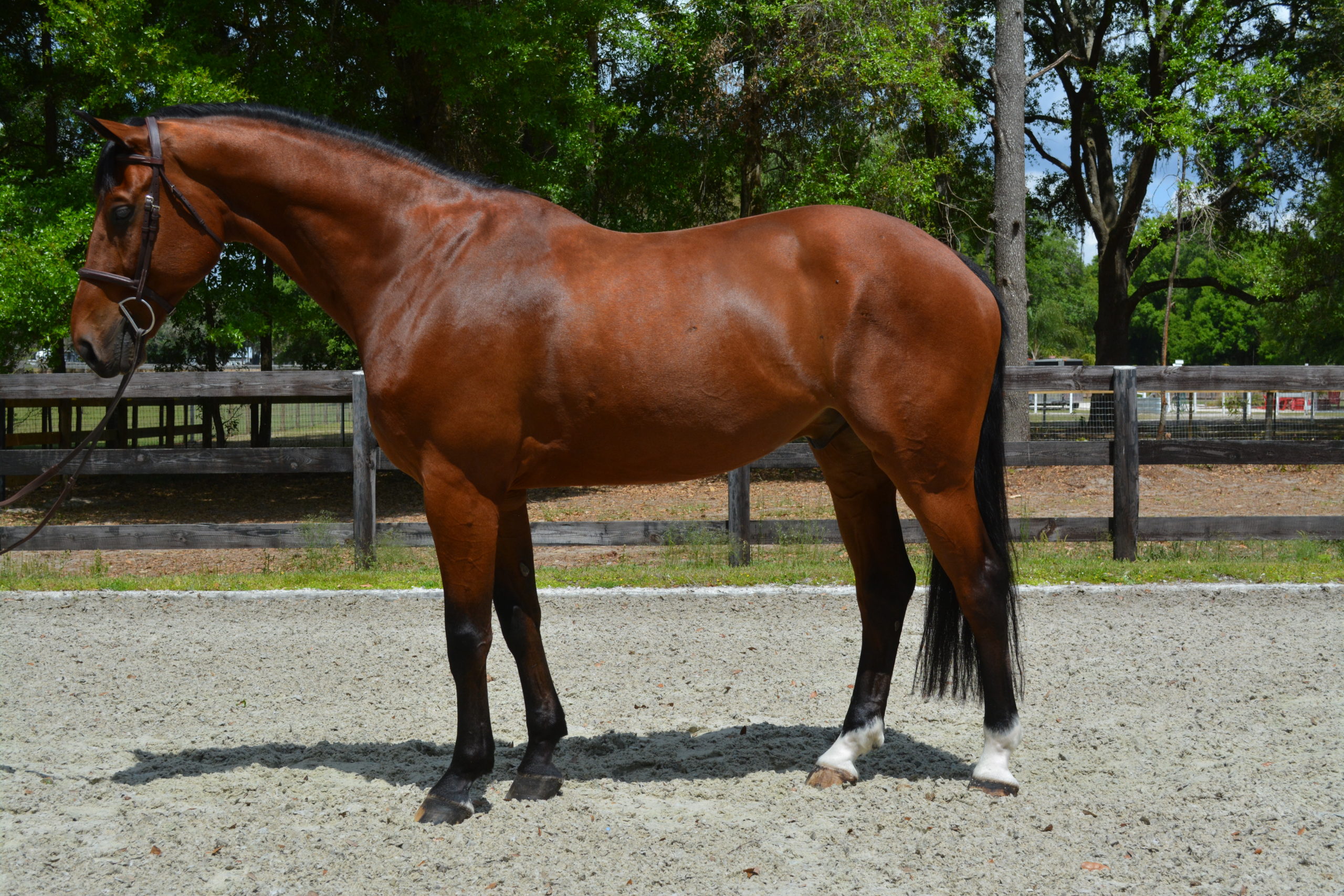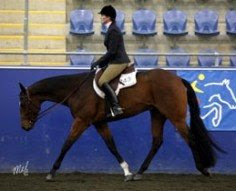Choosing a Dressage Horse: Conformation and Movement

Selecting the right dressage horse is crucial for success in this elegant and demanding equestrian discipline. Two of the most important factors to consider are the horse’s conformation and movement. Understanding these aspects can help you choose a horse that not only looks the part but also performs optimally in dressage.
What is Conformation?

Conformation refers to the physical structure and alignment of a horse’s body. It affects the horse’s balance, movement efficiency, and overall soundness. Good conformation is essential for dressage horses because it influences their ability to perform complex movements with grace and precision.
Key Conformation Traits for Dressage Horses

| Trait | Description | Importance in Dressage |
|---|---|---|
| Neck | Long, well-set neck with good muscling | Allows for better head carriage and flexibility |
| Back | Strong, moderately short back | Provides support for collection and balance |
| Shoulders | Sloping shoulders | Facilitates smooth, extended strides |
| Hindquarters | Well-muscled and powerful hindquarters | Essential for impulsion and engagement |
| Legs | Straight, strong legs with good bone density | Reduces risk of injury and supports movement |
Understanding Movement in Dressage
Movement quality is a critical factor in dressage. The horse must demonstrate rhythm, suppleness, and elasticity in its gaits.
Important Movement Characteristics
- Rhythm and Regularity: Consistent tempo and even footfalls in walk, trot, and canter.
- Suppleness: The horse should be flexible and able to bend through its body without resistance.
- Impulsion: Energetic and controlled power from the hindquarters.
- Balance: The horse maintains equilibrium during transitions and movements.
- Cadence: The natural swing and flow of the horse’s gaits.
How to Evaluate a Dressage Horse
When assessing a potential dressage horse, consider the following steps:
- Visual Inspection: Examine the horse’s conformation from all angles.
- Movement Observation: Watch the horse move freely and under saddle.
- Rideability: Assess the horse’s responsiveness and willingness.
- Health Check: Ensure the horse is sound and free from lameness.
FAQ
Q: Why is conformation so important in dressage?
A: Proper conformation supports the horse’s ability to perform complex movements efficiently and reduces the risk of injury.
Q: Can a horse with less-than-ideal conformation still succeed in dressage?
A: While ideal conformation is preferred, training and rider skill can sometimes compensate for minor conformational flaws.
Q: What movement is most important in dressage?
A: All gaits are important, but the trot is often emphasized for its role in demonstrating rhythm and impulsion.
Choosing a dressage horse involves a careful balance of evaluating both physical traits and movement qualities. By focusing on conformation and movement, riders can find a horse that not only meets the aesthetic standards of dressage but also excels in performance and longevity.
